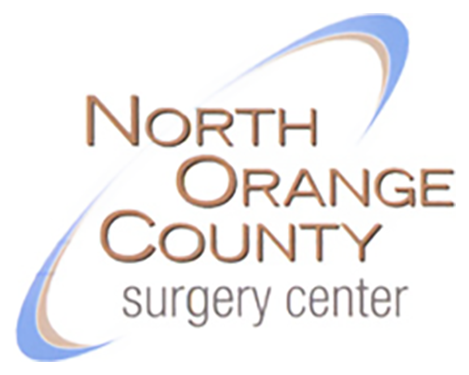What is an EGD
An esophagogastroduodenoscopy, also known as an EGD, is a procedure that allows the doctor to visualize the upper part of the gastrointestinal tract – the esophagus, stomach, and duodenum – in order to diagnose and treat certain medical conditions. The doctor is highly specialized in performing an upper endoscopy, and will make sure your entire experience is as pleasant as possible.
Patients are sedated and a small, flexible endoscope is inserted through the mouth in order to examine the esophagus, stomach, and the first part of the small intestine. Any abnormalities seen during the exam will be biopsied for diagnostic purposes. An upper endoscopy is a short procedure.
An EGD provides information that other tests may not be able to give. The doctor can both diagnose and immediately treat certain GI conditions like abnormal bleeding, cancerous tissues, or polyps.
Who should perform an EGD
An EGD should be performed by a gastroenterologist. Gastroenterologists are physicians trained to diagnose and treat conditions of the digestive tract – including the esophagus, stomach, and intestines. GI doctors also have special training in endoscopic procedures. Because GI doctors are specially trained in these techniques, they can identify the conditions better and have a lower risk of complications from the procedures.
When should I have an upper endoscopy?
There are certain reasons to have an upper endoscopy. If you are experiencing the following symptoms or have a history of the following conditions, your physician may recommend an EGD:
- You have had unusual abdominal pain, difficulty swallowing, non-cardiac chest pain, nausea and vomiting, or heartburn
- You have a long history of GERD
- You have been diagnosed with Barrett esophagus or polyposis syndromes
- You have had a capsule endoscopy and need a biopsy for known or suspected upper GI disease (eg, malabsorption syndromes, cancers, infections)
- Therapeutic intervention is necessary for retrieval of foreign objects, control of bleeding, dilatation or stenting of strictures, ablation of cancers, etc.
